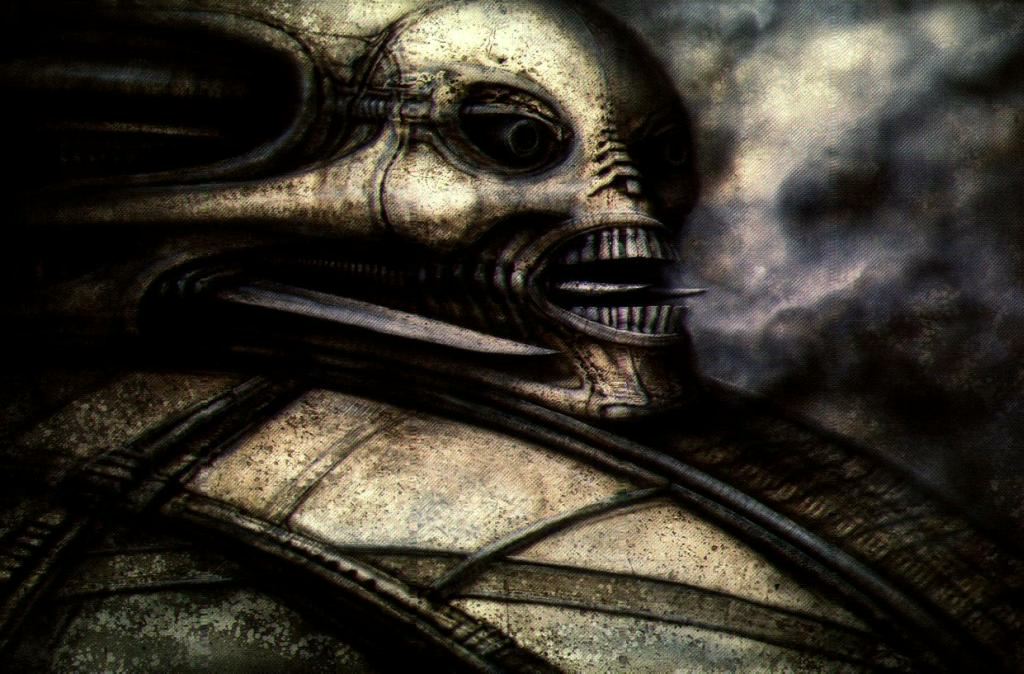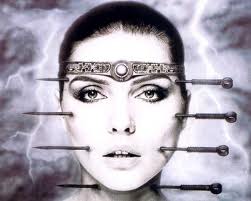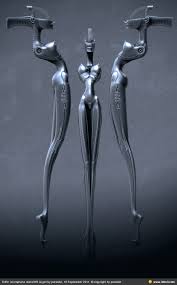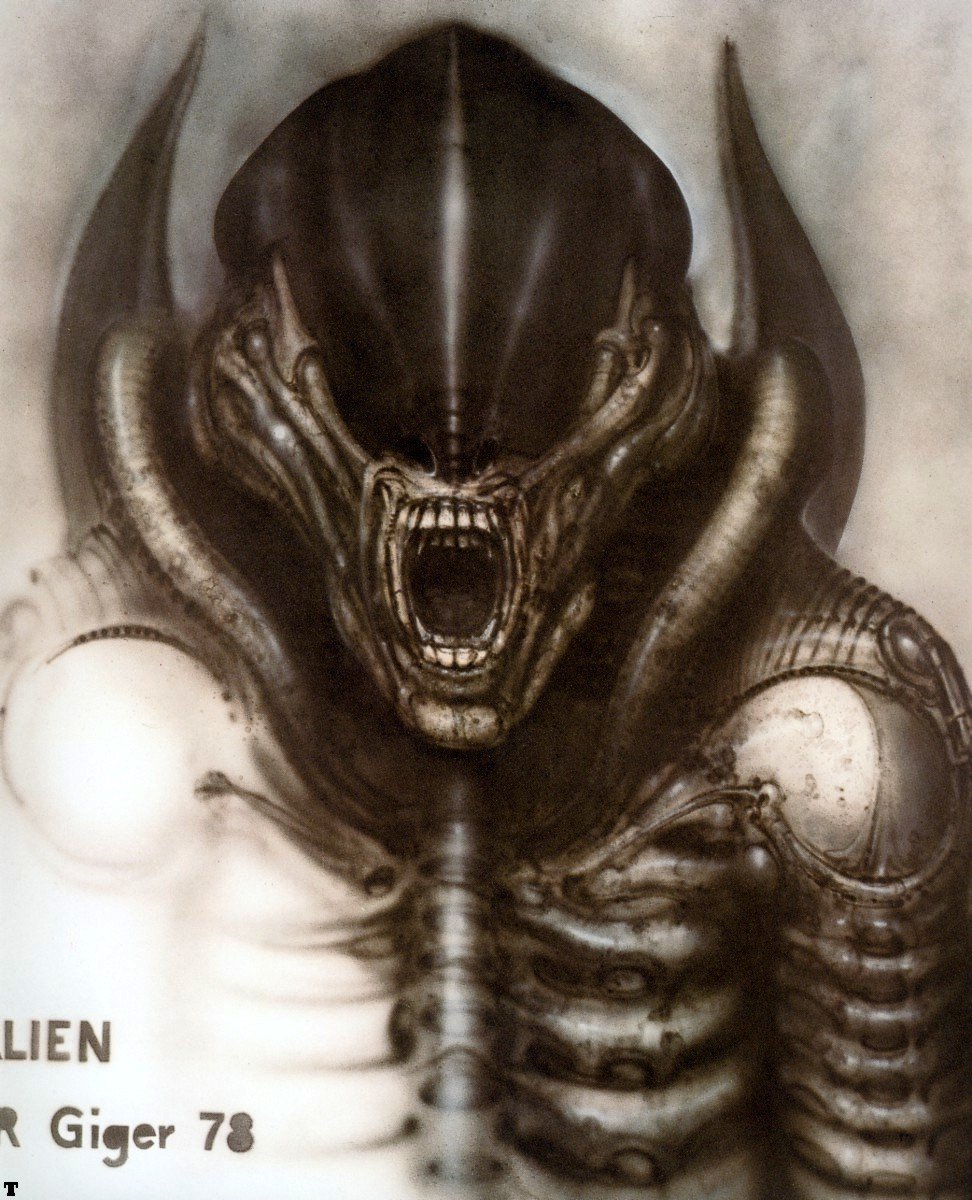The Influence of H.R. Giger
“I do not know anybody else who has so accurately portrayed the soul of modern humanity. A few decades from now when they talk about twentieth century, they will think of Giger.” – Oliver Stone, 2001
H.R. Giger was regarded as the foremost artist in Fantastic Realism, an art-form that can disturb, inspire, alarm and arouse in equal measures. His dreamscapes, imagined deep in the furthest most corners of the human imagination often depicted suffering and pain, but often, closer inspection shows that this suffering and pain was a warning to the community… a warning regarding the direction the human race is taking, a warning regarding the pain that losing humanity to mechanical forces can have, and a warning regarding the industrialisation of the human soul.
His work often depicted the cross-breeding of human and machine, a kind of deformed offspring, human in shape but void of humanity, mechanical in structure but organic in nature. These unique blends of mechanics and humans are often referred to as “Biomechanoids” and this style of artwork has had a huge and long reaching effect in the world of fantasy and abstract industrialism. His work, including; paintings, drawings, sculptures, model designs and album covers has been influenced by what Giger had seen happen to the human race since the beginning of the 20th century – World Wars I and II, the Holocaust, Stalin’s Purges, chemical and biological warfare, weapons of mass destruction, Hiroshima and Nagasaki, civil terror in China and other communist countries, atrocities by South American dictators and the brutality of the South African Apartheid, the wars in Korea and Vietnam, the genocides of Yugoslavia and Rwanda and the wars in the Middle East, all against the backdrop of the explosion of the mechanical and technological revolution. This century had seen more bloodshed and more advancement than any other. These two went hand in hand in Giger’s work… his painting Dune II being a prime example, the mechanised fat cat of the industrial world rolling over the bodies of the lesser people, with violence in hand and streamlined efficiency being paramount.

In 1977 Giger released his third and most famous book “Necronomicon”, which served as his first and most recognisable influence on the world of film-making. His designs of alien creatures in this book served as the inspiration for Ridley Scott’s alien in “Alien”. Giger would design the creature and the supporting environments and these designs won him an Academy Award in 1980 for Best Achievement in Visual Effects. These designs were based heavily on the concept of streamlined efficiency…the alien being the ultimate killing machine. Scott says of Giger’s work on “Alien”, “I think you would have to compare Giger’s work on Alien to the great German expressionistic films of the early part of this century, such as The Cabinet of Dr. Caligari and Nosferatu. Although I don’t think Giger’s work is specifically reminiscent of these films in terms of aesthetic, it does harken back to them in the sense of originality and vision. It is extremely difficult to attain a “special tone” to a film which isn’t seen as interfering with the story or worse yet, regarded as “artsy” – a very pejorative word in mainstream cinema.”

He also worked on creature design and set elements on many other films including artwork for Dune, Species and Alien3.

Giger’s influence on the arts was not solely confined to the darker side of emerging science fiction directors, but also highly regarded by some of the world’s most renowned musical artists, including Emerson Lake and Palmer, Debbie Harry, Carcass, Danzig and Pankow. In 1981 Giger was approached by Debbie Harry of Blondie fame and commissioned to design an album cover for her debut solo album Koo Koo.
This image showing Debbie Harry being pierced by four needles representing the four elements, caused a huge uproar and was banned from being advertised in the London underground. This album cover was amongst many that Giger designed and his influence on the music industry does not stop at album covers. In 2000 he was approached by Korn front-man Jonathan Davies and commissioned to design a microphone stand for their world tour.
This microphone took the form of a biomechanoid woman in an erotic pose and served as a key prop in the design of the stage show.

Giger’s career as an alternative industrial artist has had a lasting position in terms of his influence on the world of art and design. Since his revolutionary design for Ridley Scott’s Alien, the world of science fiction and horror have not been able to re-create a creature or monster that can embody the fears of the human soul. This had been Giger’s ambition in regard to his own artwork…an attempt to see inside the modern human…to look at the mechanics of our being and to decide how that form should be represented.


